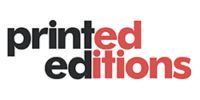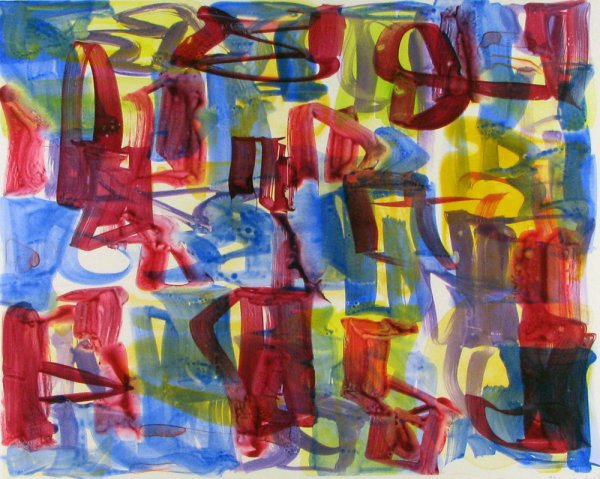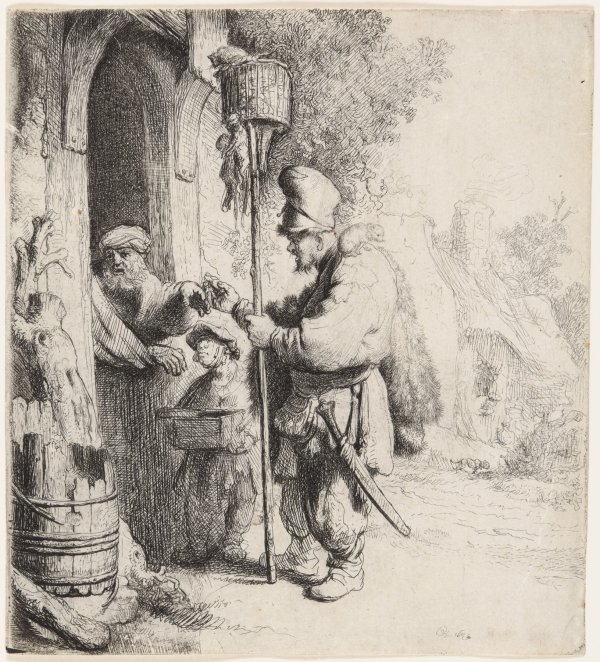Printmaking techniques first originated in the 1st century in China. The ability to reproduce text and images has has a major influence on communication, education, knowledge and art over the centuries, having major impact on all religions and cultures of the world. Many early forms of printmaking are still used today but many types of printmaking have developed with the innovation of artists, available materials and technology.
Etching Printmaking
Linocut Prints
Linocuts emerged in the 20th century and are category of relief printmaking made by cutting into a sheet of linoleum, similar to the process of woodblock printing.
Linoleum is a smooth material having no directional grain, so the artist can carve in any direction unlike carving in wood that has a grain. Since linoleum has a smooth surface, it only leaves a slightly spongy, grainy texture behind. One thing to note about its materiality is that while the surface’s soft quality can make carving much easier, it often hinders the ability to create fine lines.
Linocut printing is a technique that is often introduced to printmakers early on because it is relatively easy to learn, it is a low cost material, and does not require specialist tools to create the print.
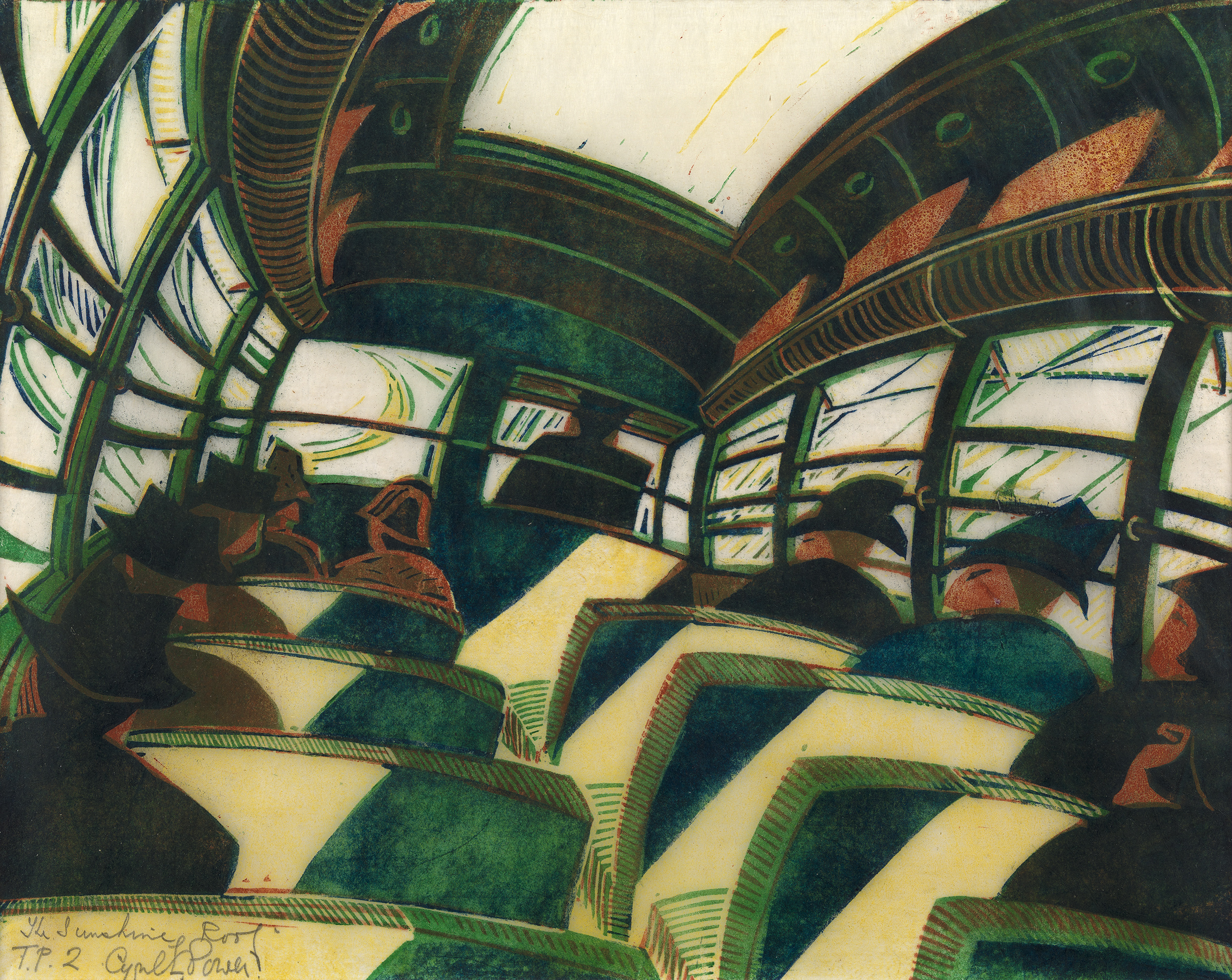
Browse linocut prints here.
Lithograph Prints
Lithographic prints are made with a large slab of limestone or metal plate, and require an intensive process of developing an image on the stone or plate. The basic principle of lithography printmaking is the that water and oil do not mix.
Lithography printmaking start with preparing the surface of the stone with grit, a sand-like dust, and a levigator, which is a heavy circle of steel attached to a handle. The steel is then spun across the surface of the stone to grind it down slowly ensuring that the surface of the stone is level, which will provide even prints, and removes the previous drawing from the stone.
The stone is then sensitised by dampening it and applying an acidic liquid across the entire surface which this then rinsed off. When the stone is dry, a substance called ‘gum arabic’ is applied around the edges of the stone to create a border for the image area. Drawing onto the stone with greasy tools such as lithographic crayons or ink can then start.
Once the drawing is complete, the image onto the stone is transferred through an intensive process that involves layering talcum powder, resin, liquid-etch solution, gum arabic, and mineral spirits. Each step transforms the surface of the stone, so that wherever a mark with greasy material was made, ink will stick to the surface of the stone. The final stage is the stone is inked up the image is transferred to the paper using a press.
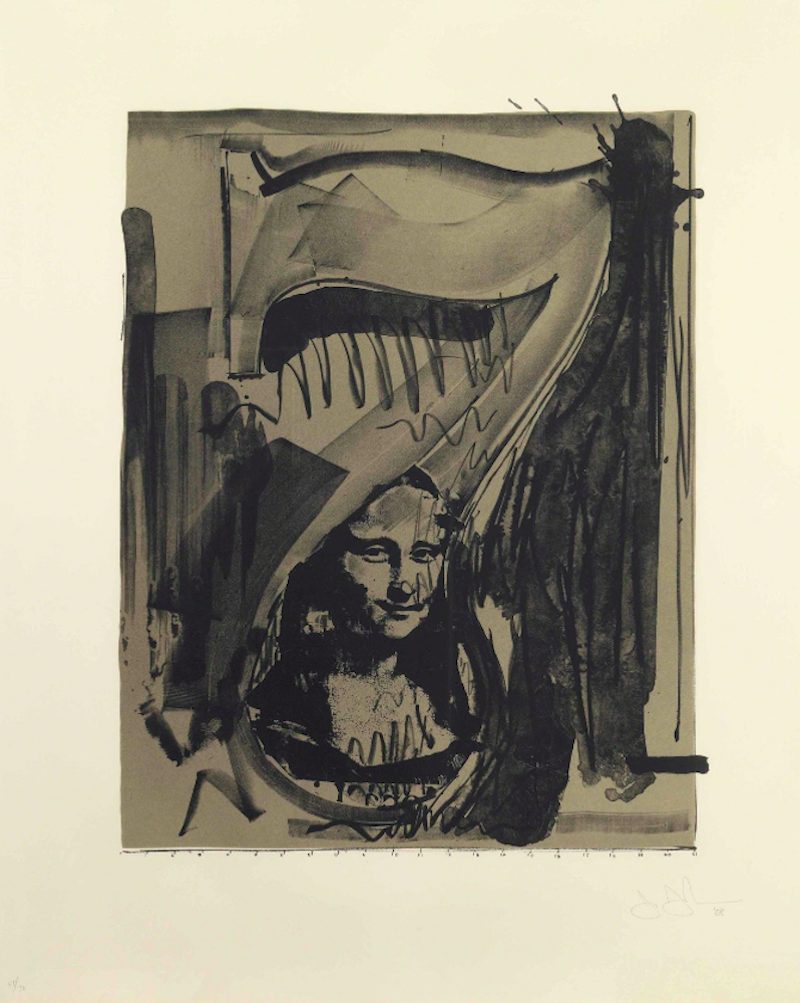
Browse lithograph prints here.
Aquatint Prints
Aquatint printmaking techniques that produces tonal effects by using acid to eat into the printing plate creating sunken areas which hold the ink.
Aquatint, like etching is an intaglio printmaking technique, but is used to create tonal effects rather than lines. Intaglio refers to printing and printmaking techniques in which the image is incised into a surface, and the incised line or sunken area holds the ink.
Fine particles of acid-resistant material, such as powdered rosin, are attached to a printing plate by heating. The plate is then, just like etching, immersed in an acid bath. The acid eats into the metal around the particles to produce a granular pattern of tiny indented rings. These hold sufficient ink to give the effect of an area of wash when inked and printed. The extent of the printed areas can be controlled by varnishing those parts of the plate to appear white in the final design. Gradations of tone can be achieved by varying the length of time in the acid bath; longer periods produce more deeply-bitten rings, which print darker areas of tone.
The aquatint technique was developed in France in the 1760s, and became popular in Britain in the late eighteenth and early nineteenth centuries. It is often used in combination with other intaglio techniques such as etching.
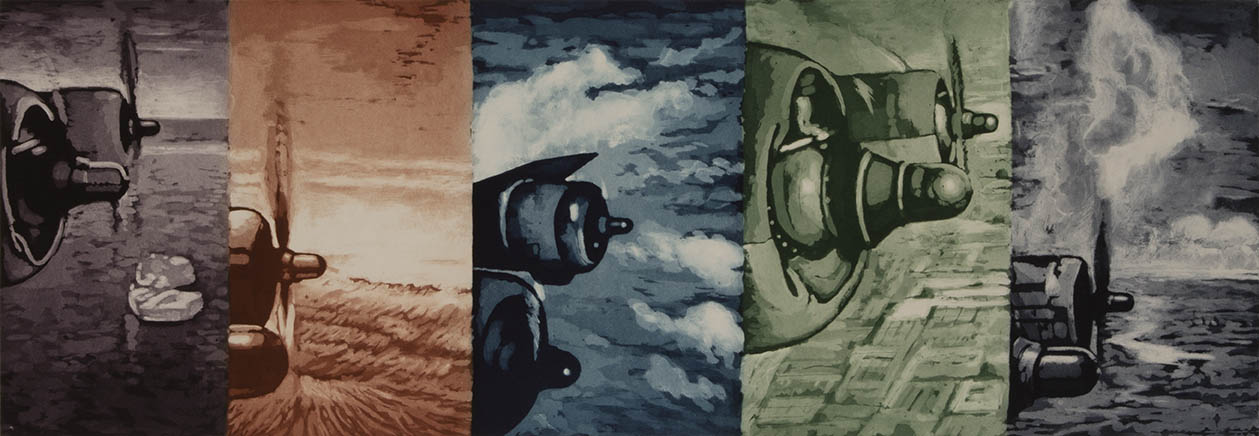
Browse aquatint prints here.
Woodcut Prints
Woodcut is a relief printing technique in printmaking. An artist carves an image into the surface of a block of wood—typically with gouges—leaving the printing parts level with the surface while removing the non-printing parts. Areas that the artist cuts away carry no ink, while characters or images at surface level carry the ink to produce the print. The block is cut along the wood grain (unlike wood engraving, where the block is cut in the end-grain). The surface is covered with ink by rolling over the surface with an ink-covered roller (brayer), leaving ink upon the flat surface but not in the non-printing areas.
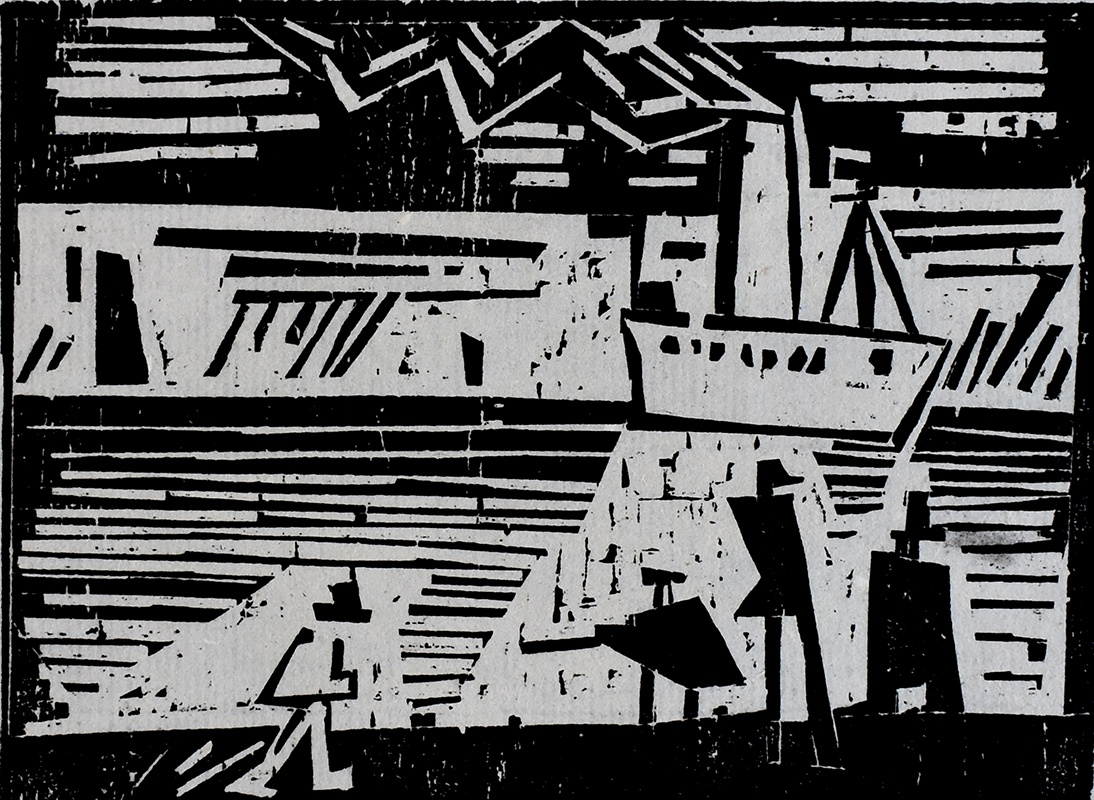
Browse woodcut prints here.
Blogs about Printmaking:
Stuff | Printmaking at Kip Gresham Editions
Layers | Printmaking at Kip Gresham Editions
Andreana Dobreva: From Canvas To Stone
